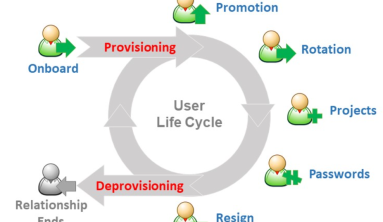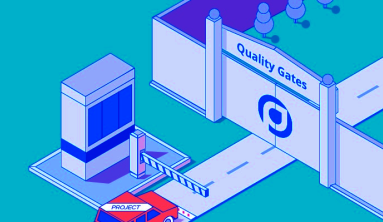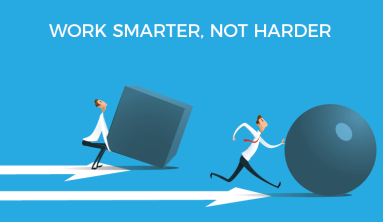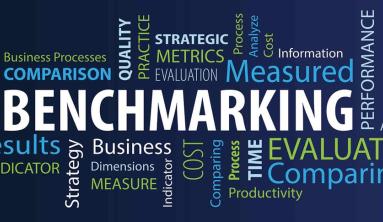The Billable Viable Product model might be considered an alternative to Minimum Viable Product, but the market is actually telling us it might soon become the only viable option.
The concept of Minimum Viable Product has been corrupted to represent something that isn’t quite as viable as it once was, especially in such a fast-moving and overcrowded market as we have today. Luckily, there is an alternative that is just as lean but more focused, allowing startups to bring a product to the market quickly that is saleable right away, namely the BVP or Billable Viable Product model.
The Real Minimum Viable Product Model
The concept of Minimum Viable Product was born in the late 1990s and was the brainchild of Steve Blank. The idea was that startup companies who spent two years developing a product before bringing it to market, while adding all the bells and whistles they could conceive of to it, were essentially shooting themselves in the foot. Not only were they wasting time, but they often built products people didn’t want or were weary of using because there were just too many features.
Blank advocated the idea of a Minimum Viable Product model, which he defined as creating a product with the most critical features a customer needed and bringing it to market at the point where it was minimally viable to help customers start solving their problems right away. Then, the product could be improved and expanded as time went on.
MVP was an alternative model to the idea of working for years to create a product and bringing it to market once it was completed, only to find that it might not be what customers really wanted.
Unfortunately, over time, the true concept behind the MVP model evolved (or, better said, devolved) to the point where it was stated that MVP meant bringing a product to market that was so lean, you were basically embarrassed by it. Essentially, the minimum in MVP started to supersede the viable to the point where customers didn’t want to have anything to do with the product in question because it was so minimal.
This devolution, coupled with the evolution of the marketplace, which now demands products that are functional and bug-free, has turned MVP into a much less viable solution than it was previously.
MVP devolved while the market evolved, leading to a model that isn’t quite as effective as it once might have been.
However, that’s not to say startups should go back to the old model of toiling away in their garages for two years before launching a product. There is an alternative. Enter BVP, stage left.
A Quick Look at the Billable Viable Product Model
The Billable Viable Product model advocates bringing a product to market that is viable from a billing standpoint. In other words, it’s a product that clients are willing to pay for as soon as the pilot is completed.
With BVP, instead of launching a product that is full of problems and doesn’t work, a startup would launch a fully functional product, even if it isn’t complete. The goal is to solve the most urgent problems customers have and then to build on that already functional product. And that’s much easier to do properly when you’re already making money.
Conversely, one could argue that BVP doesn’t play the same role as MVP in terms of finding out whether a product should be created or not. After all, if you’re already bringing a saleable product to the market, it’s too late to determine whether it will work or not, right? And MVP solves that problem.
Well, theoretically, MVP might be a better judge of the viability of a product, but in practice things rarely happen that way. With MVP, you keep going back and forth between the market and the drawing board. You keep adding features until you have a bloated product that customers are happy to use. But when it comes time to ask for money, suddenly all your customers disappear. There’s a big difference between a product people are willing to use and one that people are willing to pay for.
With BVP, you find out right away if you’ve got a product that’s worth pursuing or not. The BVP model allows you to fail fast, whereas MVP is a slow, painful death.
BVP allows startups to fail quickly, dust themselves off and get back up, whereas MVP leads to a slow and painful death with minimal chances of recovery.
The faster you fail in business, the sooner you can get on the right track. With MVP, you could be stuck on the wrong track for years and while you can recover from failure, there is no pill yet that can help you recover from death.
Why BVP?
BVP helped keep you focused on the fact that you wanted to make money. It’s easy, with MVP, to forget that because it almost becomes an academic exercise, whereby the product never gets to the billing stage since there is always another feature to add. And with MVP, you never actually talk about the commercial aspects of the transaction. You approach prospects and basically ask them for advice, without ever saying point blank that they will have to pay for the product.
BVP puts the commercial transaction first. Instead of asking clients what they’d like to see, we asked clients what they’d be willing to pay for. This model allowed us to start making money right off the bat. It also forced us to bring a product to market that was good quality, complete and bug-free from the get-go, even though we continued to add features for a number of months after the launch.
MVP is supposed to lead you to a point where you start making money, which is why we felt BVP was the right option for us. Instead of meandering around and around, without a clear goal in mind, BVP forced us to stay focused on the end-goal, namely that of making money.
MVP can lead to complacency and an academic approach to product creation, rather than one grounded in reality, namely that customers will have to pay for the product at some point. BVP is a lean startup methodology that’s grounded in that reality because the commercial aspect of the transaction is tackled from the start.
MVP allows for complacency and in today’s fast moving market, complacency is a death sentence. Coupled with the fact that people no longer accept poor quality or incomplete products, even if it is motivated by a lean startup methodology, companies should consider other approaches, such as BVP, if they ever want to get to the point where they make money.
To sum up
The BVP Model is the Future for Lean Startup Techniques because Consumers are making it so. Discover Why MVP will be swallowed up by the BVP Model and will become Obsolete as a Standalone Technique.
The Minimum Viable Product (MVP) model has long been touted as an efficient lean startup technique that can save companies massive amounts of resources, in terms of both money and time. However, the MVP model poses a series of challenges that will likely soon make it obsolete, at least as a standalone method, with the Billable Viable Product model taking over.




